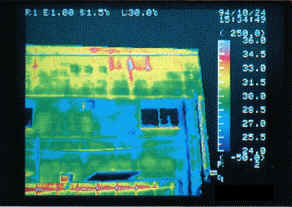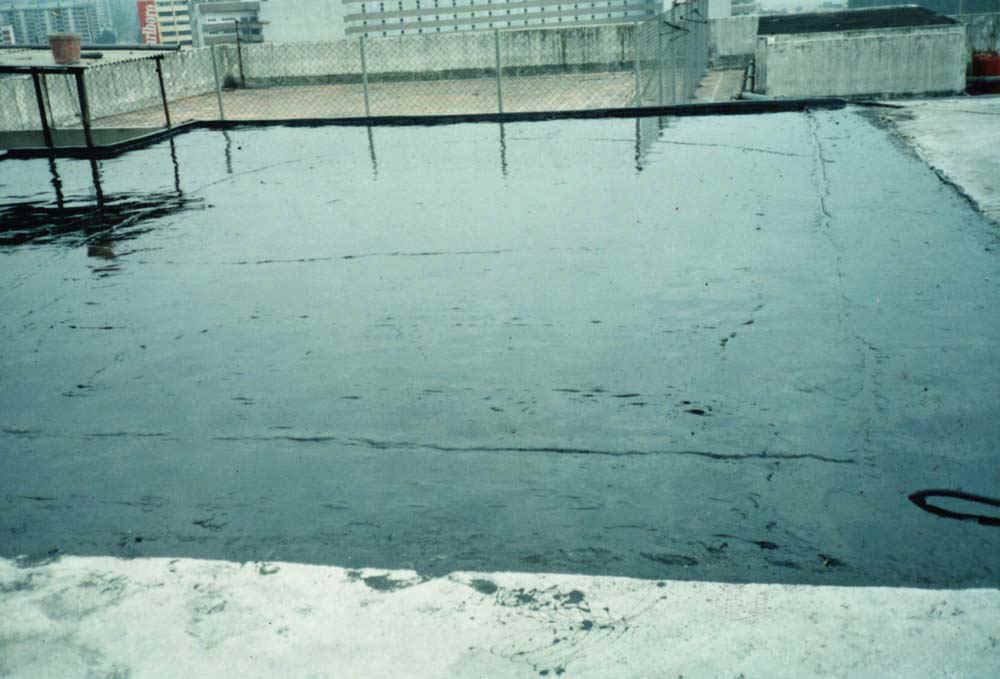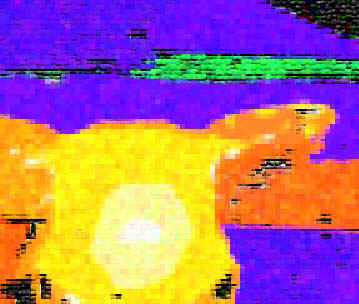![]()
Infrared thermography is a process to display the distribution of heat radiation by an object. With the theory of temperature variation on the structural surface as a result of trapped air or water, infrared camera with measurable difference of 0.10C is used to conduct a thermographic survey to detect debonding of renders and water leaking on the roof and external wall. This scientific method accompanied with practical experience enables us to verify the defects and have them rectified in a sophisticated approach.
Debonding wall tiles on the building facade is a hidden danger as no one knows when they will be falling down from a high level. Possible fatal accident is inevitable. Therefore, it is recommended to carry out infrared scanning on the old building or there is a scene of tendency for the wall tiles to peel off. Hammer test to ascertain the location and the extent of damage is often employed but it is labour intensive and sometimes inaccessible. Depending on site conditions, infrared scanning is objective and legitimate. |
 |
||
Infrared scanning to identify water seepage should come along with experience in waterproofing knowledge. With the help of infrared scanner, we are more equipped to evaluate the extent of waterproofing leaking problems. This technique is practical when it is used to locate the source of seepage on a large area for examples of external wall and roof. In line with awareness of the technology, many organizations such as ASD of Hong Kong Government have stipulated the requirement of infrared scanning on the roof after water-test. The theory behind is to guarantee no pin-hole leaking on the waterproofing membrane. Article is extracted from the specification stipulated by ASD for reference. |
 |
||
| Non-Destructive Test The Contractor shall allow to each individual location for non-destructive test to establish the waterproofing integrity of the membrane. This test would include sealing all outlets and if necessary constructing dams to compartmentalize large roofs. The roof would then be flooded for 24 hours. After flooding all outlet blockages and dams would be removed to drain the roof. At a period between 24 and 48 hours form release of the water, an infra-red scan would be undertaken by an independent specialist contractor at the contractor's expense to establish if there has been penetration through the membrane. |
 |